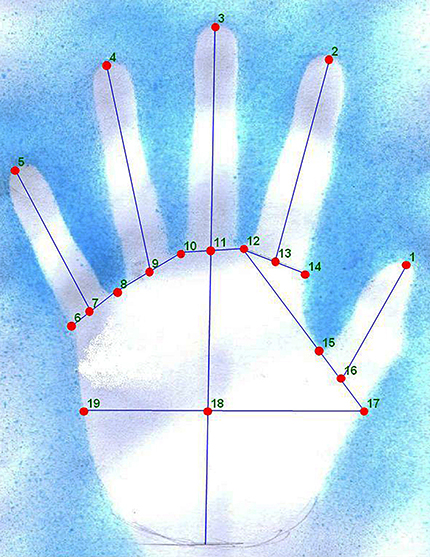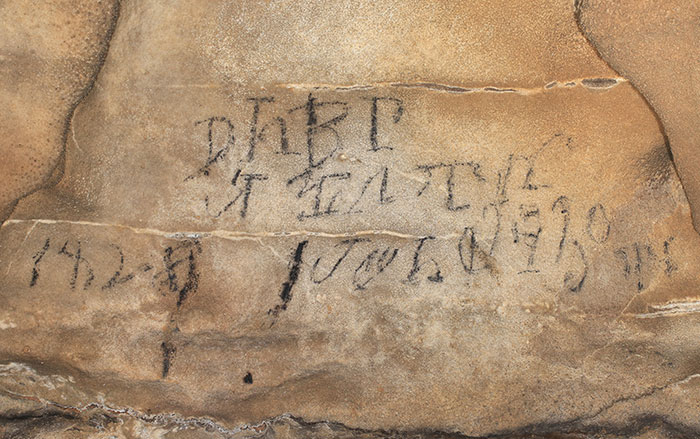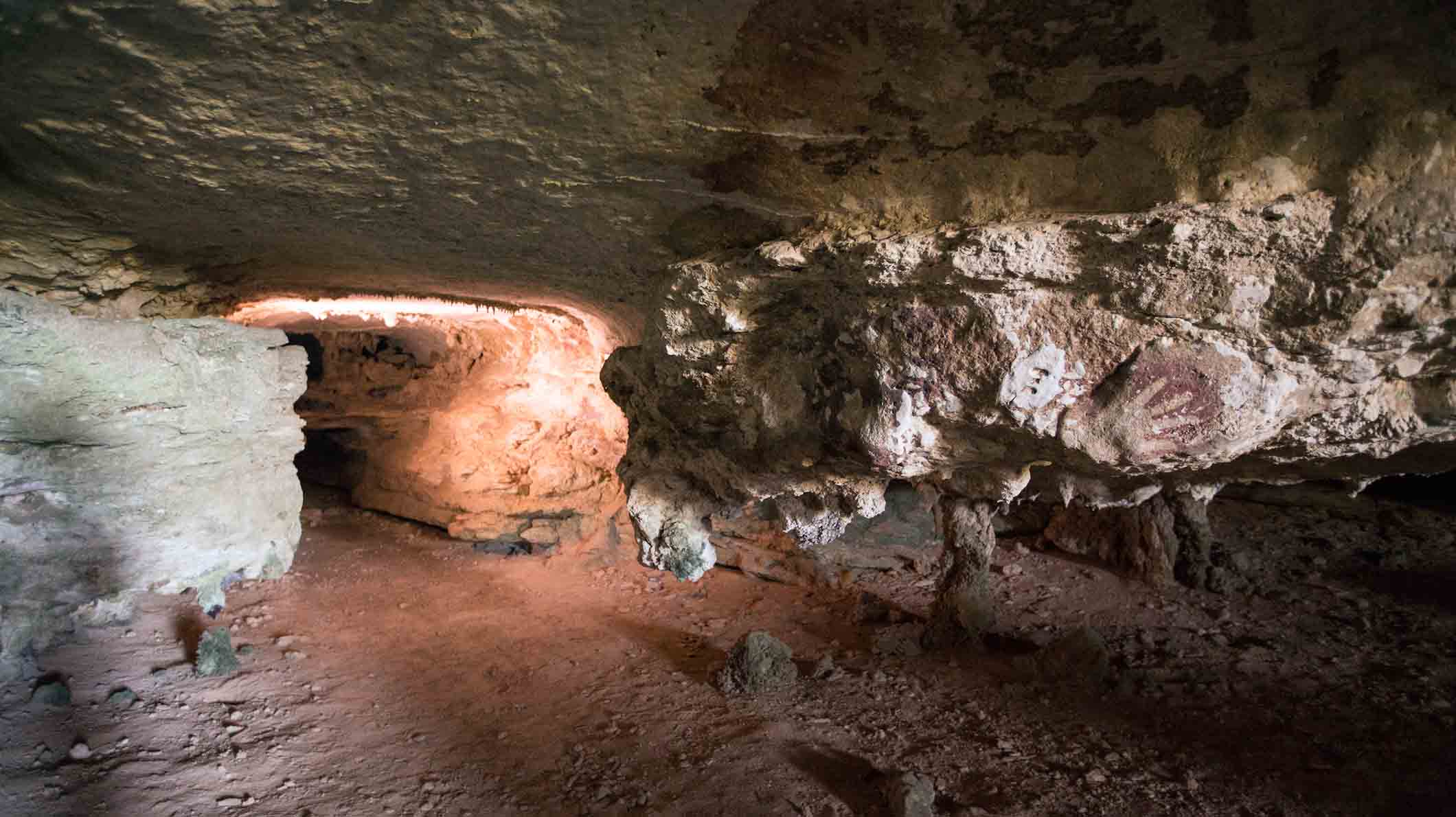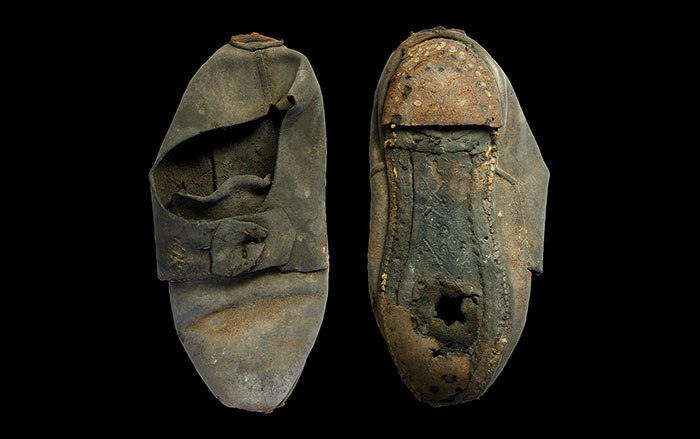
LIVERPOOL, ENGLAND—UPI reports that researchers from the University of Liverpool and the University of the Witwatersrand used a forensics technique to study hand stencils found in prehistoric rock art. The scientists think the method, which applies geometric morphometrics to the images, can determine whether a given stencil was created by a man or a woman with 90 percent accuracy. The team members created new hand stencils for the test by blowing, spitting, or stippling pigment over men and women’s hands held against a rock surface. The negative impressions on the rock were then digitized and evaluated. Forensic anthropologist Patrick Randolph-Quinney explained that the shape of the palm, rather than finger size and length, may be the most accurate way to determine the sex of the artist. The team recommends acquiring hand measurements from people around the world to further develop the technique for archaeological use. For more, go to “New Dates for the Oldest Cave Paintings.”










